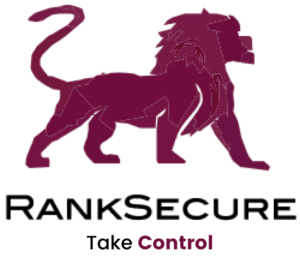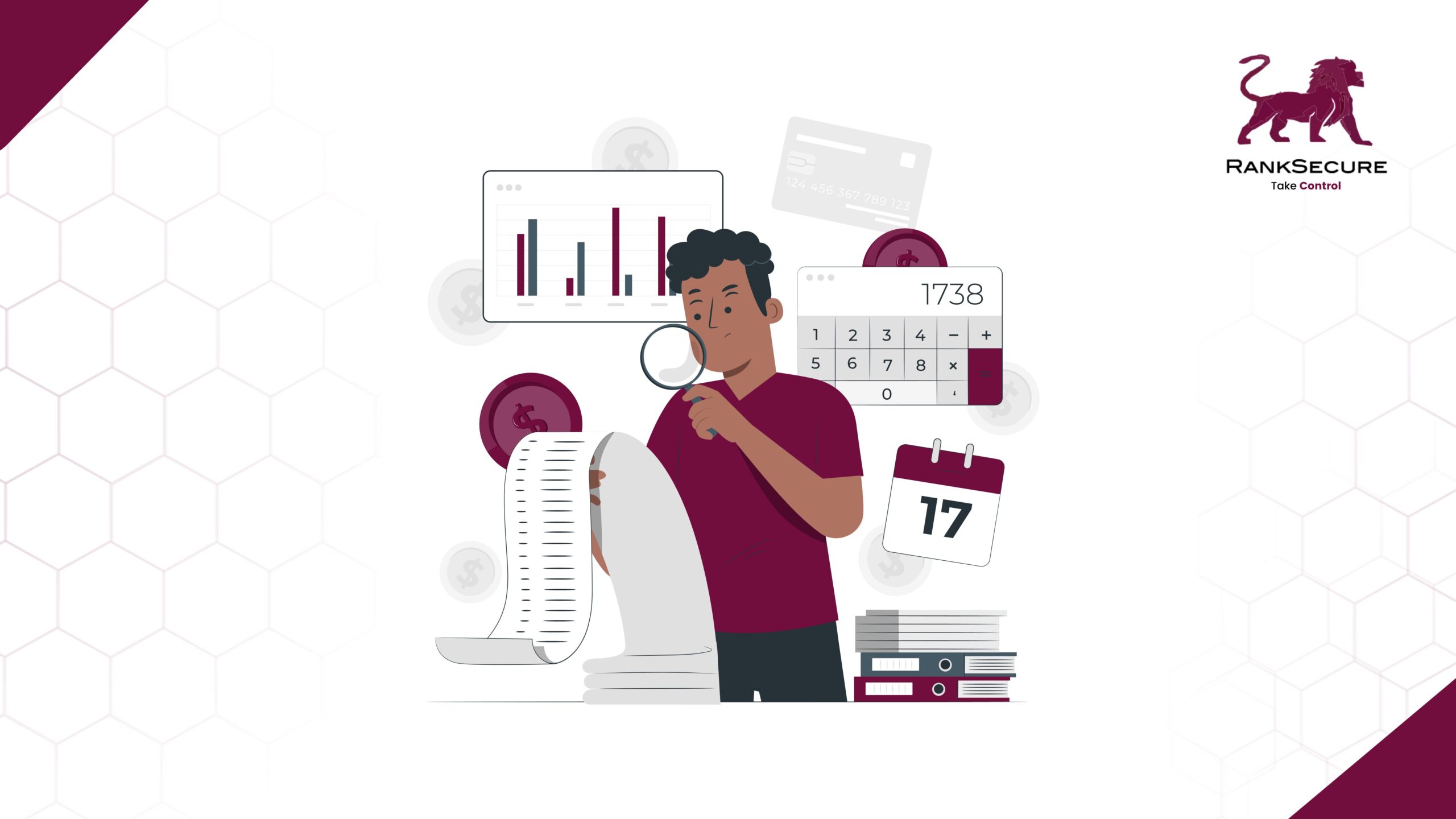Risk-Based Decision-Making: How GRC Tools Drive Better Business Outcomes
Risk is part of running a business. You can’t avoid it completely, but you can choose how you respond.
That choice becomes easier when you know which risks matter most, which ones can wait, and which ones need action right now.
This is where risk-based decision-making comes in. And it’s exactly what GRC (Governance, Risk, and Compliance) tools are built to support.
What Risk-Based Decision-Making Actually Means
Risk-based decision-making isn’t a process you switch on during audits or after an incident. It’s a way of running your business. You assess risks based on two simple questions:
- How likely is this to happen?
- What will it cost if it does?
Then you focus your energy, budget, and attention accordingly.
This keeps teams focused on the risks that matter most. It prevents overreaction to low-impact issues. And it helps you justify decisions with data, not gut instinct.
Where Manual Efforts Start Falling Short
In many organisations, risk is still managed through shared spreadsheets, individual trackers, or internal emails. That works when the scale is small. As the organisation grows, those methods stop being reliable.
Important updates are missed. Teams duplicate efforts without knowing it. Documentation becomes harder to track. Eventually, these inefficiencies show up during audits or incident reviews.
At that point, the problem is not just the risk itself. It’s the delay in recognising it.
A GRC platform does three things well.
Consolidates risk and compliance data
You get one view across departments, not ten scattered trackers.Creates accountability
It’s clear who owns each risk, what’s been done, and what’s pending.Flags early warning signs
Alerts and reporting keep teams ahead of issues instead of reacting to them.
The tool isn’t the solution. But it gives structure to how you solve problems.
A Quick Example: Financial Firm, Slower Fires
A financial firm facing frequent audit issues and growing regulatory pressure introduced a GRC tool to centralise its compliance and risk workflows.
In one year:
- Compliance violations dropped by 40%
- Time spent preparing for audits was reduced by half
- Cross-team efforts became easier to coordinate
This outcome wasn’t the result of new policies or increased staffing. It came from having a shared view of what needed attention and when.
What to Ask Before You Choose a GRC Platform
Start by identifying where current efforts are breaking down. Then assess tools based on whether they can support those gaps.
Key factors to consider:
- Scalability: Will the system support your growth or evolving compliance requirements?
- Integration: Can it connect with your current IT and reporting systems?
- Adoption: Is the platform accessible to teams who may not be compliance specialists?
A GRC tool should improve existing workflows. If it adds friction or complexity, it may not be the right fit.
Every organisation has risks. The ones that stay ahead are the ones that know which risks to act on, when to act, and who is responsible for doing so.
Risk-based decision-making helps you set that focus. GRC tools make it possible to maintain it at scale.
If your current process is too dependent on memory, follow-ups, or fragmented data, the gap is already costing you.
Fixing it starts with better visibility.
Taking the Next Step
Risk-based decision-making works best when it’s backed by systems that bring visibility, consistency, and accountability. Without that foundation, even the best frameworks struggle to scale.
GRACE is built for that foundation.
It’s a modular GRC platform that helps you:
- Monitor risks, controls, and responsibilities in real time
- Stay ahead of regulatory changes and audit cycles
- Extend risk oversight to vendors, ESG metrics, and cyber policies
- Align compliance and governance across teams without adding complexity
It’s available for on-premise, cloud, or hybrid deployment.
Supported by Oracle infrastructure and is designed to adapt to your environment.
If you’re ready to bring structure to how your organisation manages risk, get in touch with Ranksecure to learn more.







